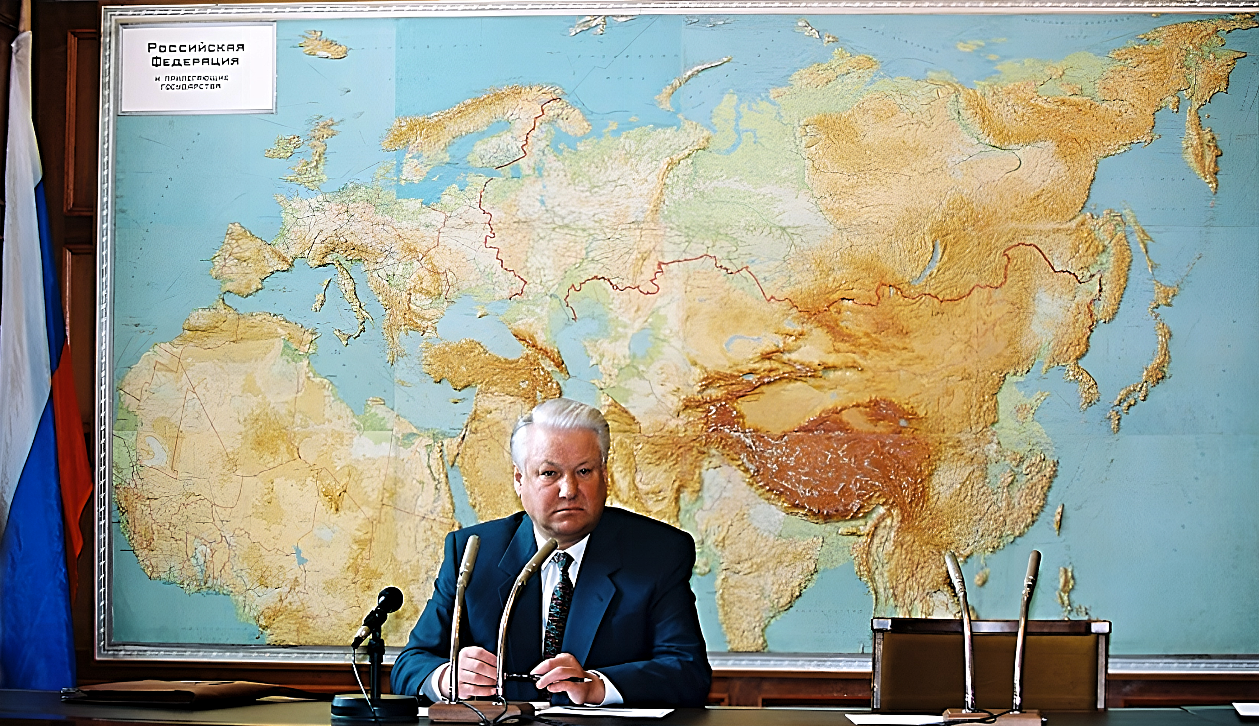“Take as much sovereignty as you can carry”: who and how took advantage of this suggestion

“Take as much sovereignty as you can carry” is the famous phrase of Boris Yeltsin, sounded in 1990. However, did the peoples enslaved by Moscow really have a historical chance to gain independence ?
“Turkic World/Türk Dünyası” recalls that the subjects of the Russian Federation, that proclaimed the state sovereignty, but postponed secession from the USSR until the next stage, were:
July 20, 1990 – North Ossetian ASSR
August 9, 1990 – Karelian ASSR
August 29, 1990 – Komi ASSR
August 30, 1990 – Tatar ASSR
September 20, 1990 – Udmurt ASSR
September 27, 1990 – Yakut ASSR
October 8, 1990 – Buryat ASSR
October 11, 1990 – Bashkir ASSR
October 18, 1990 – Kalmyk ASSR
October 22, 1990 – Mari SSR (now the region is called the Republic of Mari El)
October 24, 1990 – Chuvash ASSR
October 25, 1990 – Gorno-Altai Autonomous Region (now the region is called the Republic of Altai)
November 27, 1990 – Chechen-Ingush ASSR
December 12, 1990 – Tuva ASSR
October 18, 1991 – Yamalo-Nenets Autonomous Okrug
What went wrong?
Evgeniy Volk, Doctor of Historical Sciences, Deputy Director of the Yeltsin Foundation, tells about what was actually hidden behind Yeltsin’s historical phrase:
– These words were gladly picked up by the leaderships of the autonomies, and the political opponents of the first president hastened to accuse him of trying to destroy the Russian Federation. Both of them preferred to ignore the second part of Yeltsin’s quote, “But you are in the center of Russia – and you need to think about this.” Why, then, did the head of the largest republic within the USSR call on the autonomies for greater sovereignization? It seems Yeltsin then already understood that there can be no true federation without the broad rights of the subjects that composed it. Otherwise, the federal structure will be an empty phrase, covering up rigid centralization and the dictate of the union leadership, as was the case in the Soviet Union. But there were other reasons, extremely important in tactical and even strategic terms.
It is no longer a secret that in 1990 Gorbachev and his environment, with deep concerns and anxiety for their future, watched the growth of the authority and influence of Boris Yeltsin as the leader of the new Russia, they sought to weaken his strengthening political position in the country. One of the polytechnological, as they would say now, in fact foresaw the collapse of the unified system of the state power in the RSFSR and the delegation of all powers to the union center. The role of Yeltsin and the Russian leadership would be reduced to a minimum. On April 26, 1990, the USSR adopted the law “On the delimitation of powers between the USSR and the subjects of the federation”, which equalized the rights of autonomous and union republics. This law was naturally perceived by Yeltsin and his associates as an attack on the territorial integrity of Russia, since 16 autonomies became independent from the RSFSR. Just imagine: within the framework of the “renewed” Soviet Union, the Russian Federation would have the same status and rights as, for example, Tataria, Bashkiria, Yakutia, Kalmykia, Mordovia and 11 other autonomies, and Russia would lose a huge part of its territory and economy. Naturally, under these conditions there could be no question of a single Russian state – it would simply cease to exist. That is precisely why Yeltsin proposed a compromise to the autonomies – take sovereignty as much as you think possible, but remain part of the Russian Federation.


1 comment so far